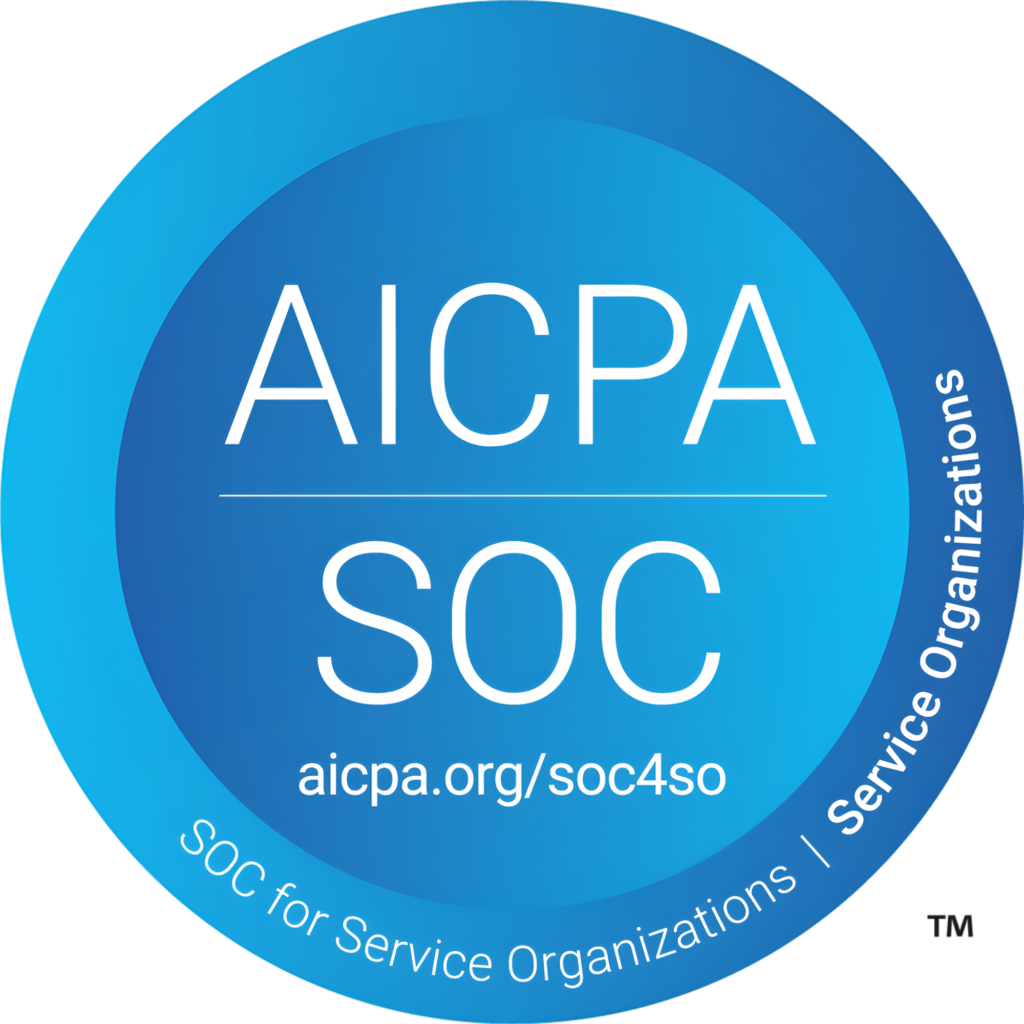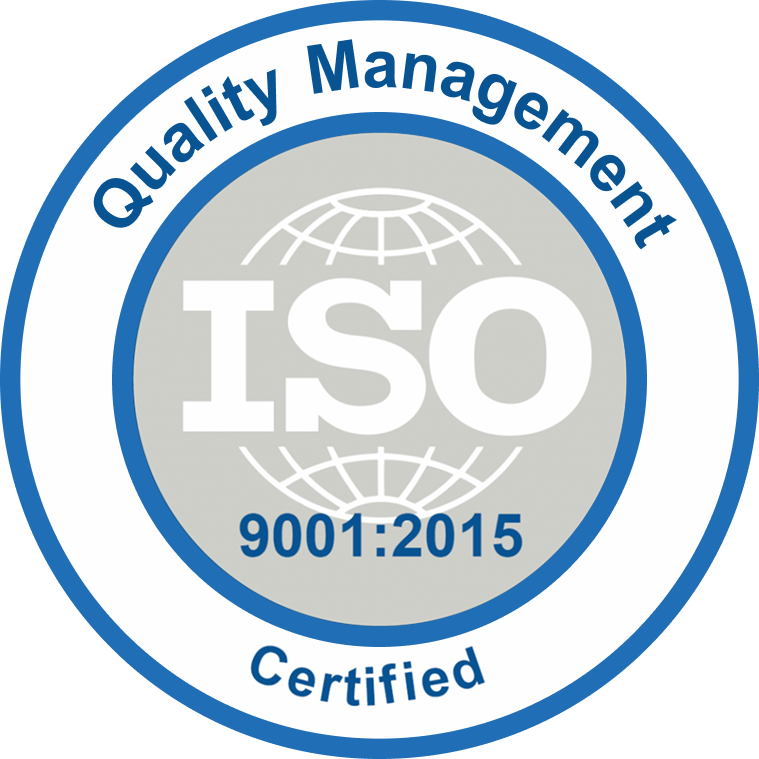Congrats! on taking a strategic decision to migrate and move along with the latest technology. Wondering, what’s next? This article will help you to prepare everything that you need for the migration!
The Guidelines
- Pre-migration content audit: You certainly know that you can leave behind some of the outdated or unimportant contents in your existing source system. Reducing the scope of migration will reduce the cost of migration and the timeline.
- Identifying the critical content: It is a good practice to identify the critical core content, which is in frequent use and target the migration of those content first. When you are planning to migrate ample amount of content, it is advisable to do it slowly and carefully.
- Choose the right migration strategy:
Continue Reading
There are two ways of running the migration
A. Manual Migration:
This is a primitive way. It is time consuming, tedious and demands a lot of effort for completion. Adoption of this process may lead to loosing of metadata details like Created by, created date, Modified by, Modified date, Version history of the content etc.
B. Automated Migration:
This is usually carried out through a tool or a migration framework. A tool symbolizes the maturity of a framework. This automated migration would save your valuable time spent on migration. You can spend the saved time to define a better Information Architecture, Taxonomy, site hierarchy in the target system.
Ensure your complete migration:
Understand the tool, which you choose for the automated migration. Have a clarity of how your contents from your existing legacy source system is going to reside/migrate in the target system. Keep an eye on the setbacks and limitations that occur while migrating certain content. Try to identify the desired mitigation work around along with the tool vendor by investigating scenarios handled in past.

